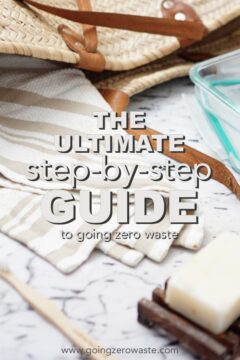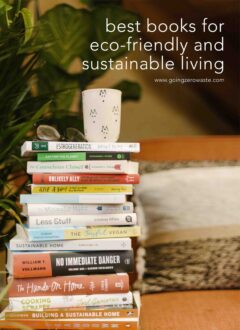Last Updated on January 18, 2024
I talk a lot about sustainable living – but what exactly is it, and why does it matter?
To understand why it matters, we need to discuss one major thing: Climate change. Many people start living sustainably because they’ve seen the effects of climate change, and want to take action.
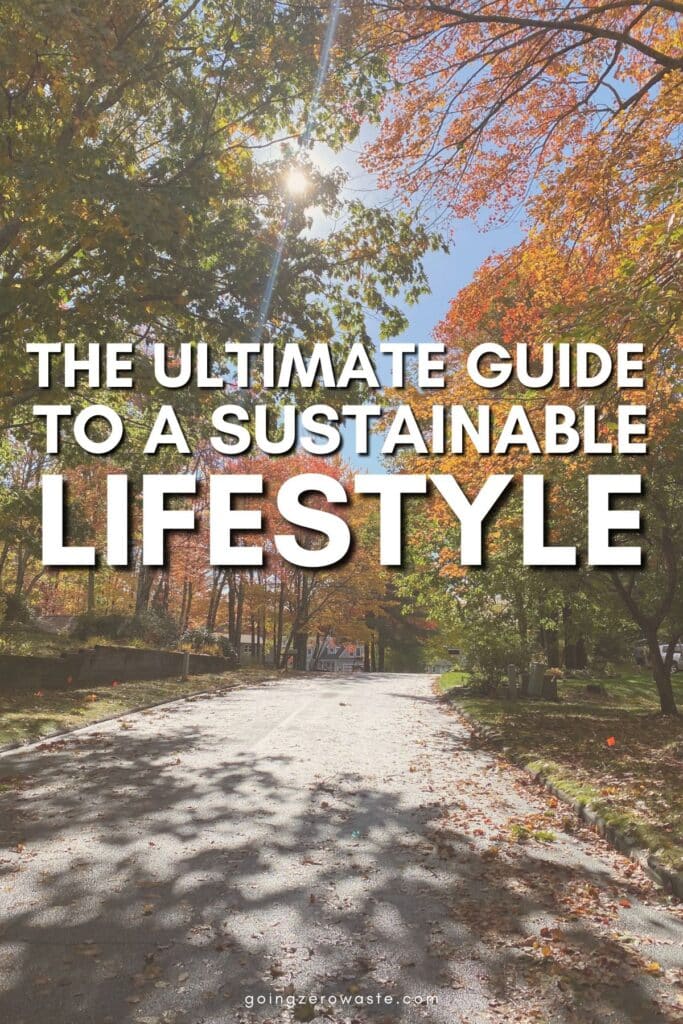
According to the United Nations, climate change refers to long-term shifts in temperature and weather patterns. While such shifts can be natural, human activity has been the main driver of climate change, primarily due to the burning of fossil fuels, like coal, oil, and gas.
Fossil fuels generate greenhouse gas emissions that act like a blanket wrapped around the Earth, trapping the sun’s heat and raising temperatures. The main greenhouse gases that cause climate change include carbon dioxide and methane.
The consequences of climate change include, but are not limited to: Intense droughts, water scarcity, severe fires, rising sea levels, flooding, melting polar ice, catastrophic storms and declining biodiversity.
One way to combat climate change is to prioritize sustainable living, both on an individual and collective level. We can do this through sustainable lifestyle swaps and mindsets shifts, along with holding our governments accountable and demanding climate action.
Sustainable living, along with combating climate change, can be a great way to improve your health, community, and even your finances.
If you’re ready to help the planet, and its people, here’s an in-depth beginners guide to sustainable living to get you started.
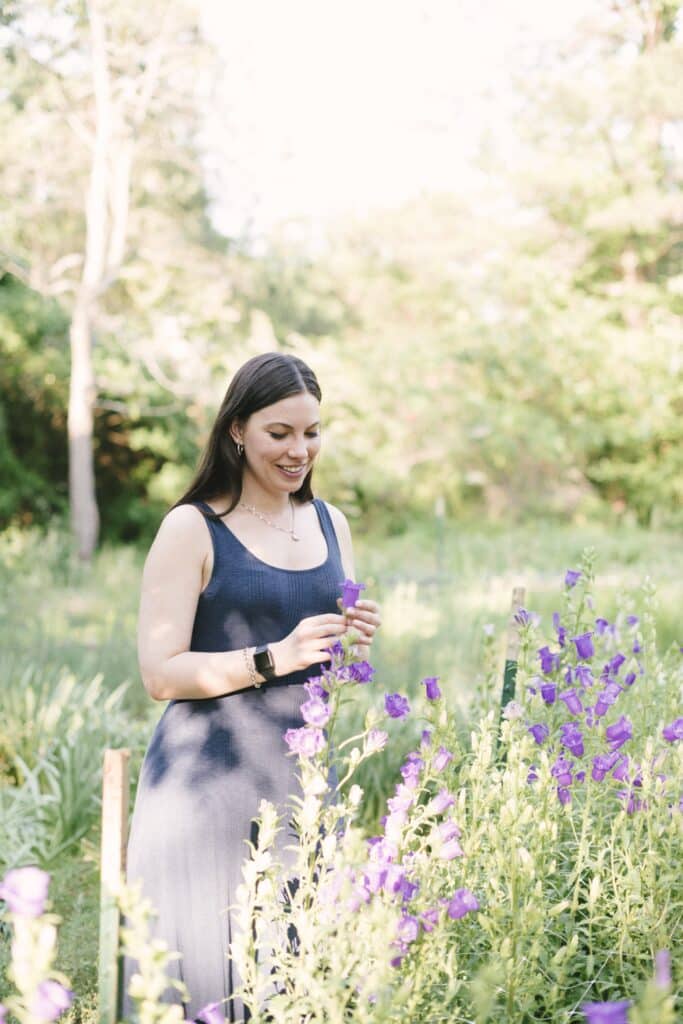
Table of Contents
what is sustainable living?
Sustainable living is a lifestyle that positively impacts the environment, and its people. Essentially, you seek to return more than you take from the earth.
You seek to reduce your carbon footprint (aka, greenhouse gases) through eco-friendly choices both big and small.
Thing is, there’s no one size fits all approach to a sustainable lifestyle. There are many different strategies and actions you can take that will help you live more sustainably.
For example, I started my journey into sustainable living through the zero waste movement. Zero waste focuses on reducing trash and creating closed-loop cycles of production.
RELATED: The Beginners Guide to Waste Reduction
However, sustainable living as a whole focuses on large scale day-to-day activities that don’t necessarily just pertain to physical forms of waste.
Though the two lifestyles do overlap, sustainable living is much broader. For example, someone practicing sustainable living will probably opt for organic, locally grown produce that’s grown regeneratively. Whereas a zero waster would probably opt for plastic-free produce. The best of both worlds is doing both of course, if you can!
Some topics that encompass sustainable living include:
- Regenerative agriculture
- Renewable energy
- Plant-based diets
- Growing your own food
- Sustainable building models
- Focusing on walkable/bikeable cities
- Self-sufficiency
- Slow fashion
- Conservation of natural landscapes
- Growing native plants to support pollinators
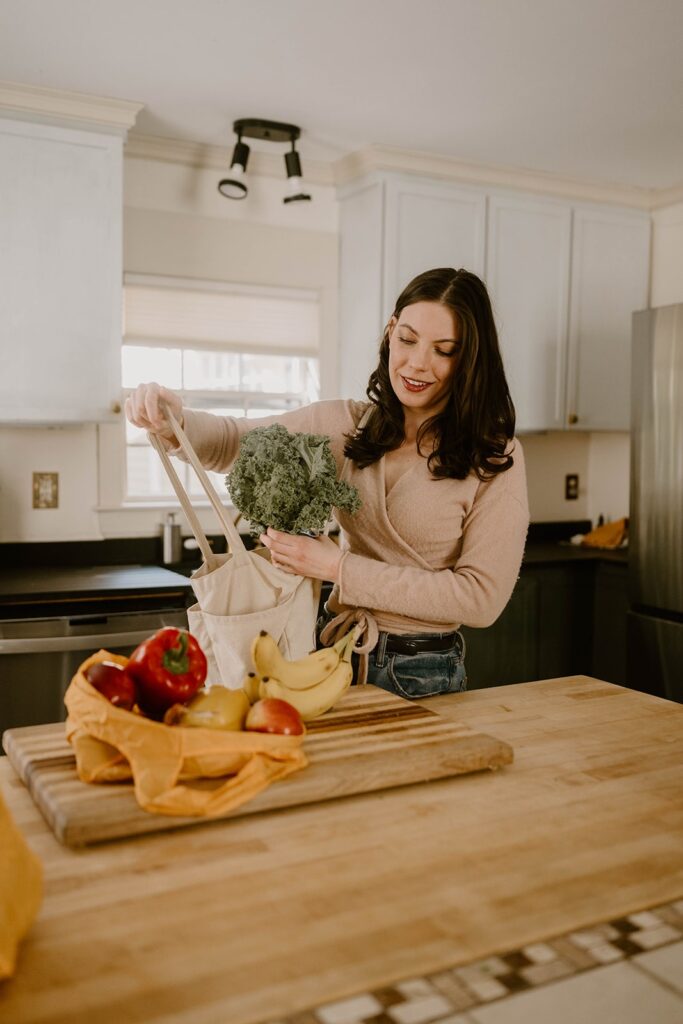
how to live 100% sustainably?
Unfortunately, living 100% sustainably is hard to accomplish in the society we live in.
Why? Well, we currently live in a a throw-away society, aka a linear economy. This economy prioritizes profit over sustainability and products are made to literally be thrown away. A good example of this is a coffee cup – it’s designed to be used once, then tossed in the trash.
But beyond our trash problem, our society still runs on fossil fuels, pushes overconsumption, and consumes a lot of meat/dairy. This all contributes to climate change and various social issues.
In an ideal world, a circular economy would be the default, everything would run on renewable energy, everyone would compost, and the majority of diets would be plant-based.
But here’s the thing: You don’t need to be perfect, or live in a perfect society, to make a positive impact. You can just strive to do your best. And your best can look very different depending on what’s going on in your life.
It’s okay to be an imperfect environmentalist! In fact, it’s way more relatable and realistic.
In truth, the world’s problems cannot be solved by individual changes alone: It’s when we combine collective and individual action we see the most efficient results. They are not mutually exclusive.
So, lets keep doing our best and advocating for the rest.
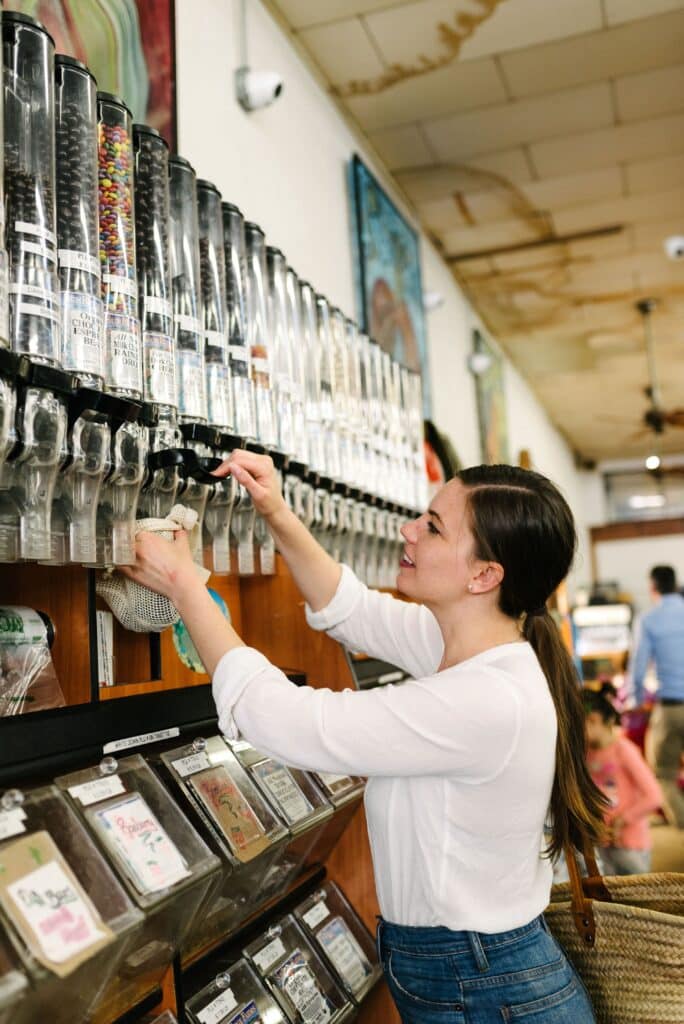
how can we live a sustainable life?
You can live a sustainable life by making choices with the earth in mind. You can begin by examining your own lifestyle – are there any areas where you can make eco-friendly improvements?
For example, perhaps you notice you eat a lot of meat. Instead of stopping overnight, why not start doing 1-2 meatless nights a week?
Or maybe you can make some sustainable low waste swaps at home, like switching to a shampoo bar, bamboo toothbrush, or ditching paper towels.
Fed up with your high water and electric bill? Look into ways to save energy and reduce water waste, such as turning off the faucet while brushing your teeth, shutting lights when you leave a room, or saving pasta water to water your houseplants.
find your “why”, aka your motivation
Finding your “why” is also a great way to keep you motivated and stick with sustainable living. Ask yourself what’s the reason you’re interested in sustainable living, then write down your reasons to further solidify it.
Perhaps your why is because you care about nature, or want to improve your health. Maybe you want to save money and being thrifty is a good way to accomplish this.
Or, perhaps you’re concerned about climate change and the effects it could have on your neighborhood, crops, and current/future generations.
Whatever your reason, make sure to find it and jot it down. Refer to it whenever things get tough for some inspiration.
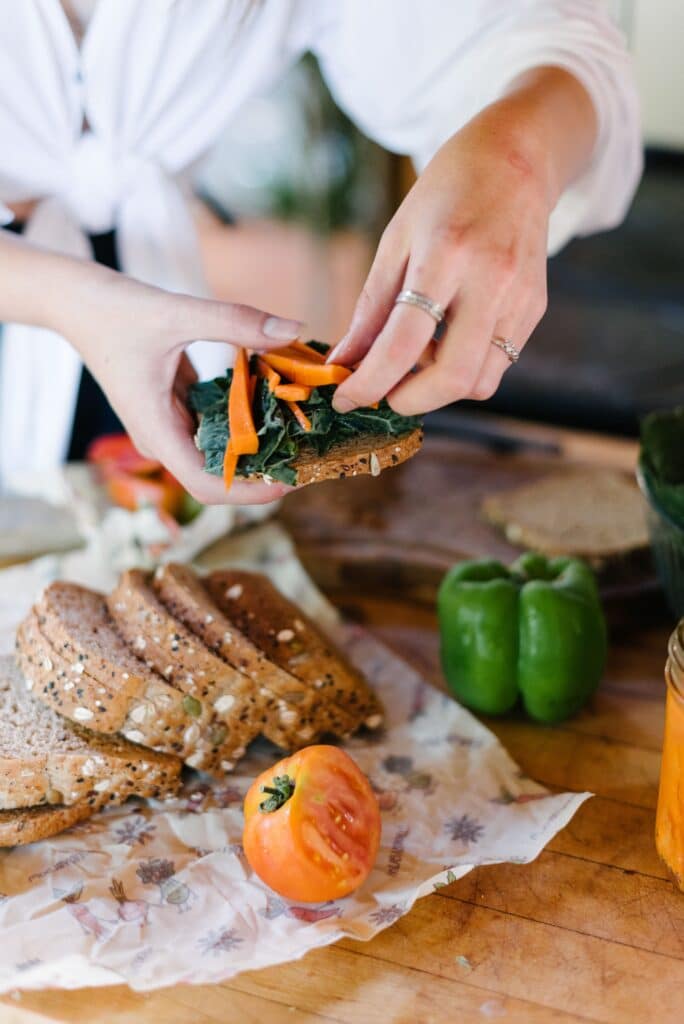
sustainable living tips:
There are so many examples of sustainable living to choose from. Lets dive into different categories.
You can pick and choose which you’re most interested in to follow. Or you can make small swaps in each category! Just remember, doing something is better than nothing.
1. vegan, whole-foods, plant-based lifestyle
Choosing to eat no meat and dairy (or even just less of it) has a huge impact on the environment. A vegan diet can reduce climate heating emissions by 75% compared to a diet that includes animal products.
Also, 80% of deforestation in the Amazon is due to the expansion of livestock farming and feeding animals.
Choosing a whole-foods approach to a vegan or plant-based lifestyle is the best choice. Try to incorporate fresh greens and veggies whenever possible, along with beans and legumes, over processed vegan foods.
Here are some plant-based recipes to get you started:
- What I Eat in a Day | Plant Based Recipes to Inspire You
- Ultimate Vegan Chili (Stovetop or Crockpot)
- Pulled Jackfruit Tacos
- Oven Fried Buffalo Cauliflower Lettuce Wraps
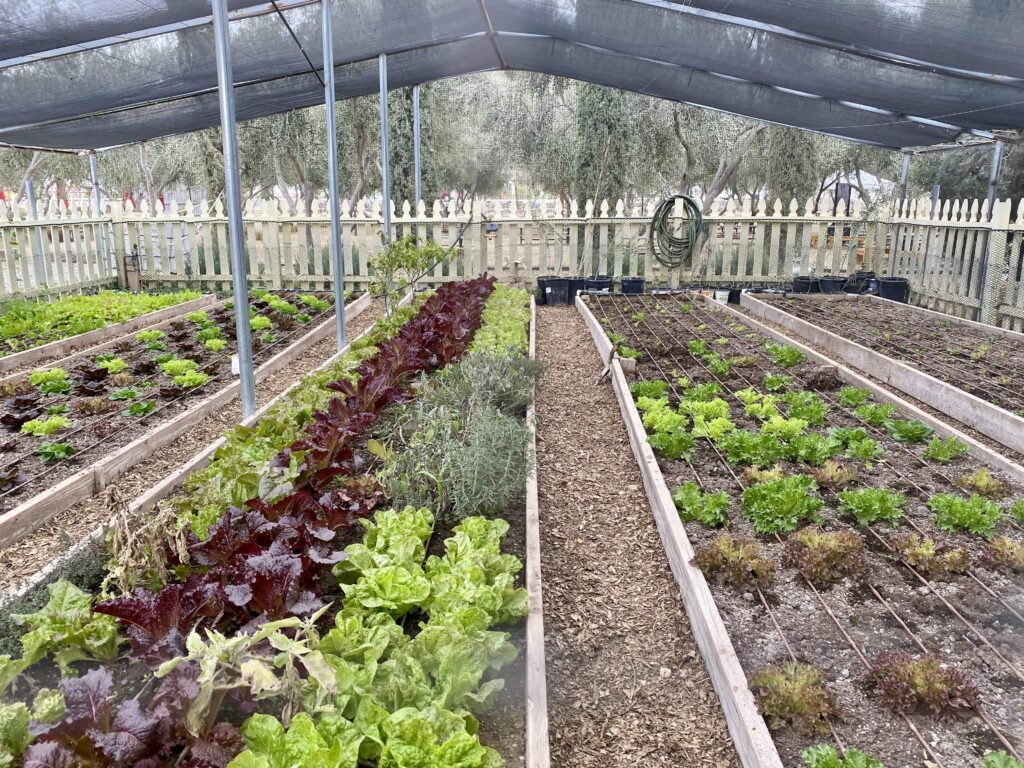
2. grow your own food
Up the eco factor by sourcing your food from your own backyard! First, assess the space you have to figure out how big a garden you’ll be able to have.
Even if you only have a patio, or just a windowsill that gets a lot of light, you can always start there. If you’re limited on space, consider growing an herb garden in pots.
If you have a lot of space, plan out your garden and do research into which plants will grow in your climate/soil. Grabbing some gardening books from your local library can help.
You can even make your own containers using upcycled egg cartons, yogurt pots, tin cans, toilet roll tubes and newspaper pots. These are all great for starting seeds in.
For larger plants and raised beds, consider upcycling tires, bricks and logs, buckets, pallets, cardboard boxes, and even old bathtubs.
You should try to stick with seeds and plants that are organic and heirloom varieties. These won’t be genetically modified or sprayed with pesticides/herbicides.
And if you find yourself with excess harvest, consider giving it away to neighbors and friends, donating it to local food banks, or selling it. Learning how to preserve it by freezing and canning is also great.
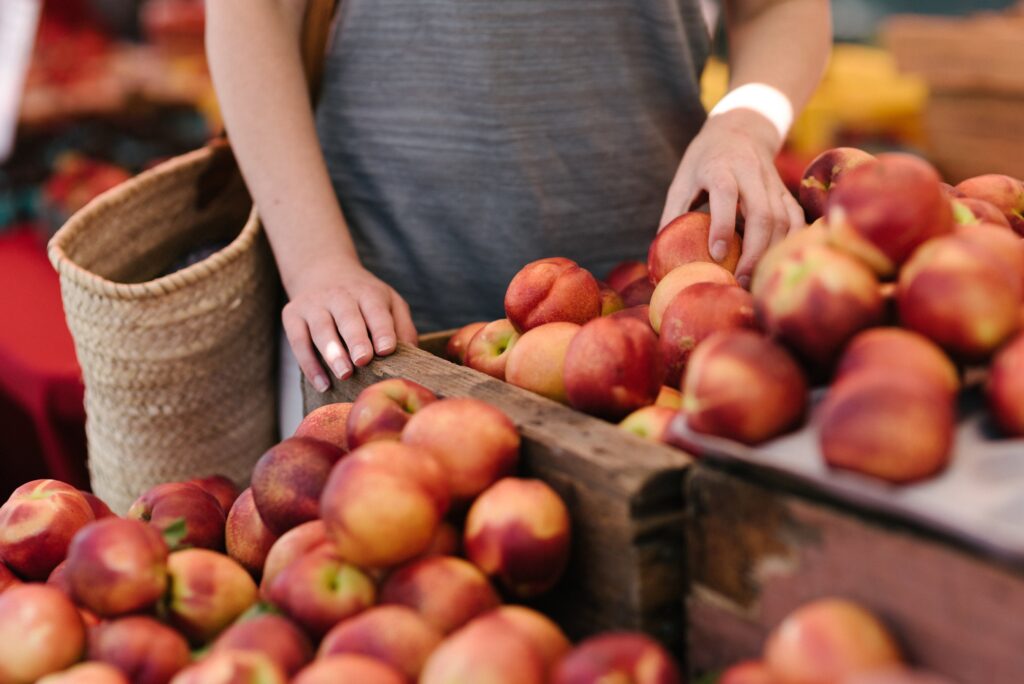
3. support regenerative farming
If you can’t grow your own food, make a point to support regenerative farming when you can.
Regenerative agriculture focuses on improving soil health through methods including crop rotation and reduced ploughing.
Soil health is actually very important for combating climate change because healthy soil sequesters carbon from the atmosphere (aka, sucks it back down into the ground where it belongs).
Unfortunately, conventional farming methods that rely heavily on pesticides and chemical fertilizers cause beneficial soil microorganisms to decline. Over time, this turns the soil into lifeless dirt.
Pesticides also contribute to water pollution. According to the EPA, pesticide runoff to streams can pose risks to aquatic life, fish-eating wildlife, and drinking water supplies. Pollutants from agricultural operations can also enter groundwater and degrade sources of drinking water.
For these reasons, it’s important we support regenerative agriculture that restores the land, instead of damaging it.
Farms can practice regenerative agriculture in a multitude of ways, such as:
- Using cover crops
- Composting
- Intensive rotational grazing
- Reduced or no pesticides/fossil fuel produced inputs
- No till farming
- Perennial plants and diversified crops
- Planting hedgerows, trees and other conservation buffers
- Use of solar panels
Head to a local farmers market and ask them about their regenerative practices. You can also sign up for a local CSA box if you have access to one.
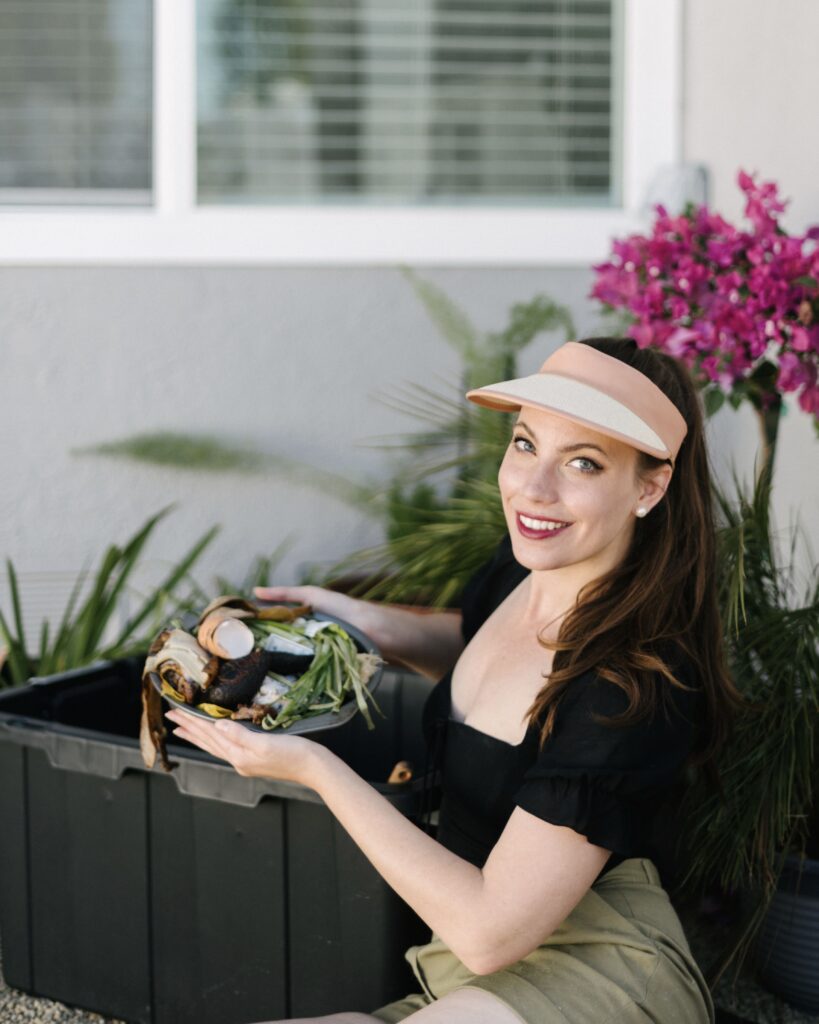
4. compost
Composting is one of the best things you can do for the environment. Food scraps don’t break down in a landfill. Instead, they produce methane gas which is 30 times more potent than carbon dioxide.
Anyone can compost — even if you live in an apartment or have limited space. I highly recommend investing in a countertop kitchen compost pail, because you can just add your food scraps to it as you cook throughout the week. These compost liners will also help make cleaning your compost pail a bit easier.
At the end of the week, you can dump your bits and ends at your local food scrap drop off location. Typically, farmers markets, community gardens, and local farms will be happy to accept this. You can also make your own compost bin too.
RELATED: Your Guide to Backyard Composting
Curious as to what goes into a compost pile? Here are 125+ compostable household items you can add to your compost heap.
Lomi is also a good option if none of the above works for you. I have a whole review on Lomi, if you’re interested.
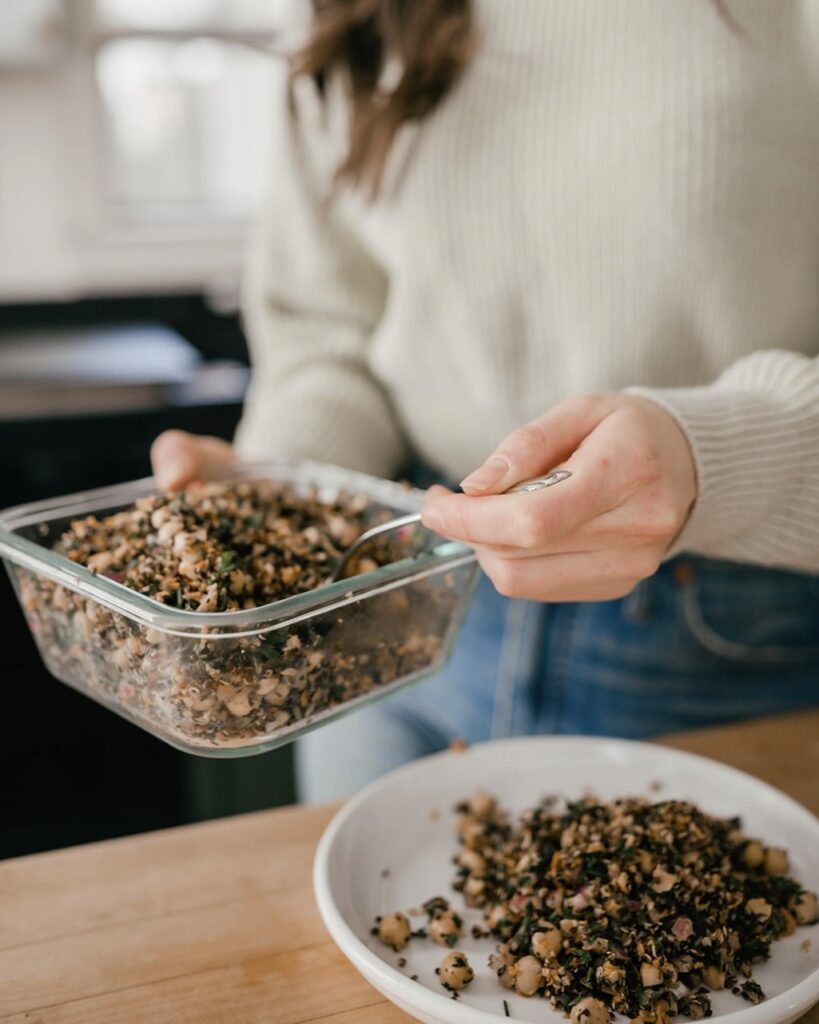
5. reduce food waste
Did you know in the US alone, we waste 40% of all food produced? Of that, more than half happens in our homes.
One way we can reduce food waste is by simply planning our meals, and grocery store trips, out better. Making a list before you hit the grocery store will keep you on the right path and help you reduce impulse buys.
Also, putting fresh food in the front of your fridge will remind you to use it (instead of forgetting about those strawberries in the back of your fridge).
Getting creative with food scraps, like making veggie broth from odds and ends of carrots, celery, garlic and onions, is also a great way to prevent waste.
food waste reduction tips:
- Go through your pantry and make a goal to use up everything in it before buying more by the end of the month. Donate whatever you don’t finish to a food bank or community fridge.
- Growing a surplus? Consider donating it to a food bank or community fridge.
- Learn how to properly store your food. Certain foods need to go in the fridge ASAP (like strawberries) and others need a cool dark place (like potatoes). FYI, leafy greens fare much better when they’re treated like bouquets of flowers and stored in the fridge. You can also utilize your freezer to save food that you might not get to in time.
- You can pretty much ignore the “best by, sell by and use by” expiration dates, unless it applies to baby formula.
- See if there’s a reduced produce section in your grocery store. These produce items are often imperfect or going to spoil soon, so they put them up for sale. But they’re perfectly fine to eat, so grab them and use them in a meal ASAP!
- Don’t toss something out just because it’s got a bad spot on it. Instead, cut off the bad part and eat the rest!
- Use your scraps in cooking: Add herb stems and celery leaves to soups + stews; cook beet tops into a stir fry; use carrot tops to make pesto; save pumpkin seeds and roast them, etc.
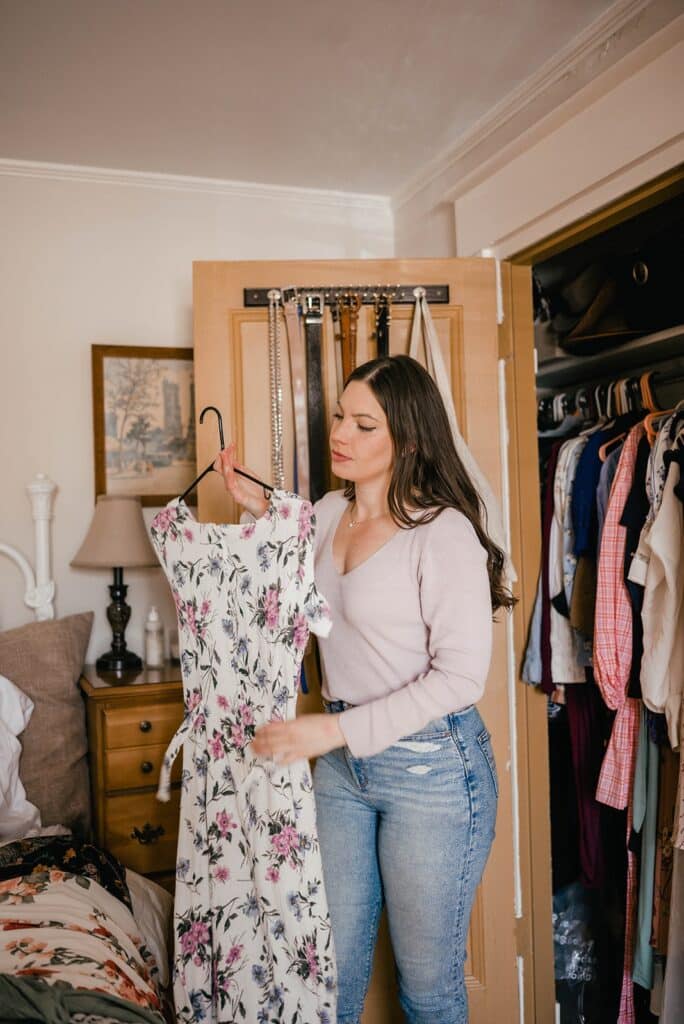
6. slow, thrifted fashion
Every second, the equivalent of a trash truck load of clothes is burnt or buried in a landfill. Textile production contributes to climate change more than international aviation and shipping combined.
Not to mention, fast fashion thrives on fossil fuels. Most of the clothes we wear today are made from synthetic fibers, like polyester, that’s fossil fuel derived. These shed microplastics in the wash which contaminate waterways.
Ditching fast fashion for slow fashion is a way to live a more sustainable lifestyle. You can choose to support sustainable brands that make timeless pieces from eco-friendly materials, like organic cotton, hemp, or modal.
You can also choose to thrift your fashion finds. Secondhand fashion helps keep clothes (and accessories) out of landfills. Plus, it saves you a buck.
But above all, we should strive to take care of the items we already have. Shopping our closet first and repairing/mending what we own is always the best choice.
Here are some articles all about sustainable fashion:
- Capsule Wardrobe: What Is It?
- Clothes and Dress Rental 101: Designer Labels For Affordable Prices
- 13 Eco Friendly Bags & Purses That Are Chic, Stylish, and Planet Friendly
- 12 Best Online Thrift Stores for Vintage and Second Hand Clothes
- 50 Ethical and Sustainable Clothing Brands
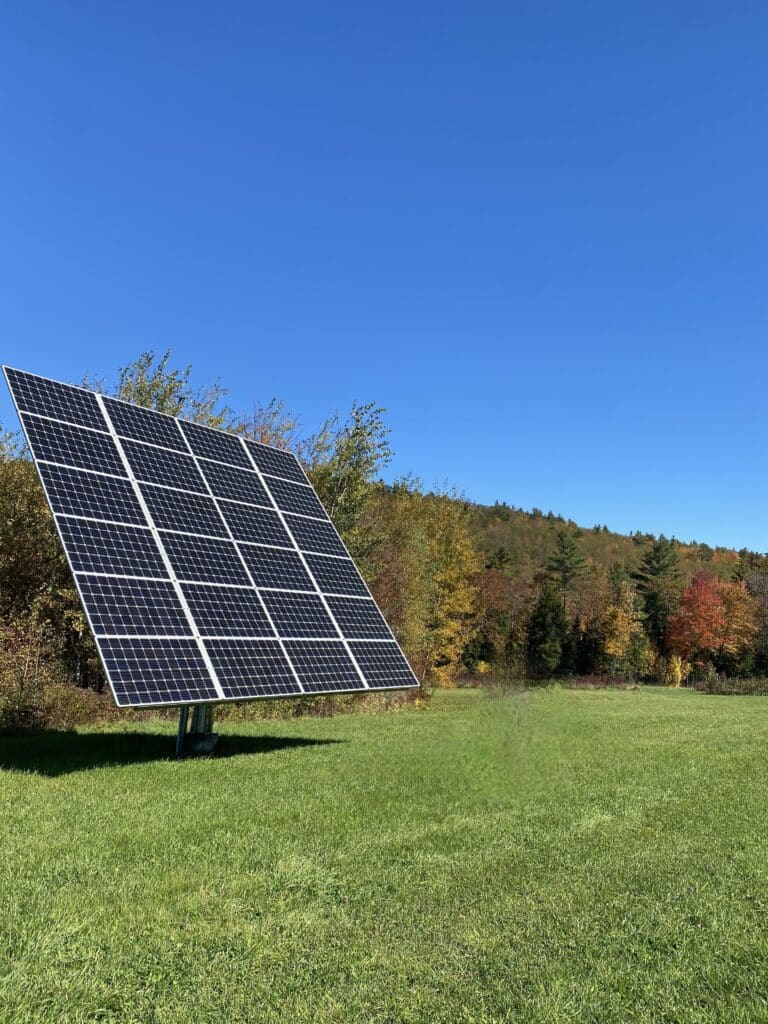
7. renewable energy
Currently, most homes, apartments and businesses are run on electricity that’s powered by fossil fuels. Fossil fuels contribute to the climate crisis because the burning of them emits greenhouse gases.
We can reduce our reliance on fossil fuels by pushing forward with renewable energy in its place.
Here are some examples of renewable energy:
- Solar power
- Wind power
- Geothermal
- Hydropower
The most common are solar and wind energy, which are usually sourced from solar panels and wind turbines.
Here are some ways we can push the renewable energy transition forward:
- Have you considered switching over to renewable energy to power your home? If you’re a homeowner, installing solar panels may be worth your while. For apartment dwellers, consider looking into community solar projects that could power your home.
- Consider switching from a gas stove to an induction cooktop.
- Call your local reps and encourage them to support renewable energy projects.
- Take your money out of banks that support the fossil fuel industry (the big bad four include J.P. Morgan Chase, Citibank, Wells Fargo, and Bank of America). Here are some ethical and sustainable banks to invest your money with instead.
- Ask your workplace or school if they’d consider switching to renewable energy. Consider starting a petition!
- Vote for leaders who support renewable energy both on the local and big elections.
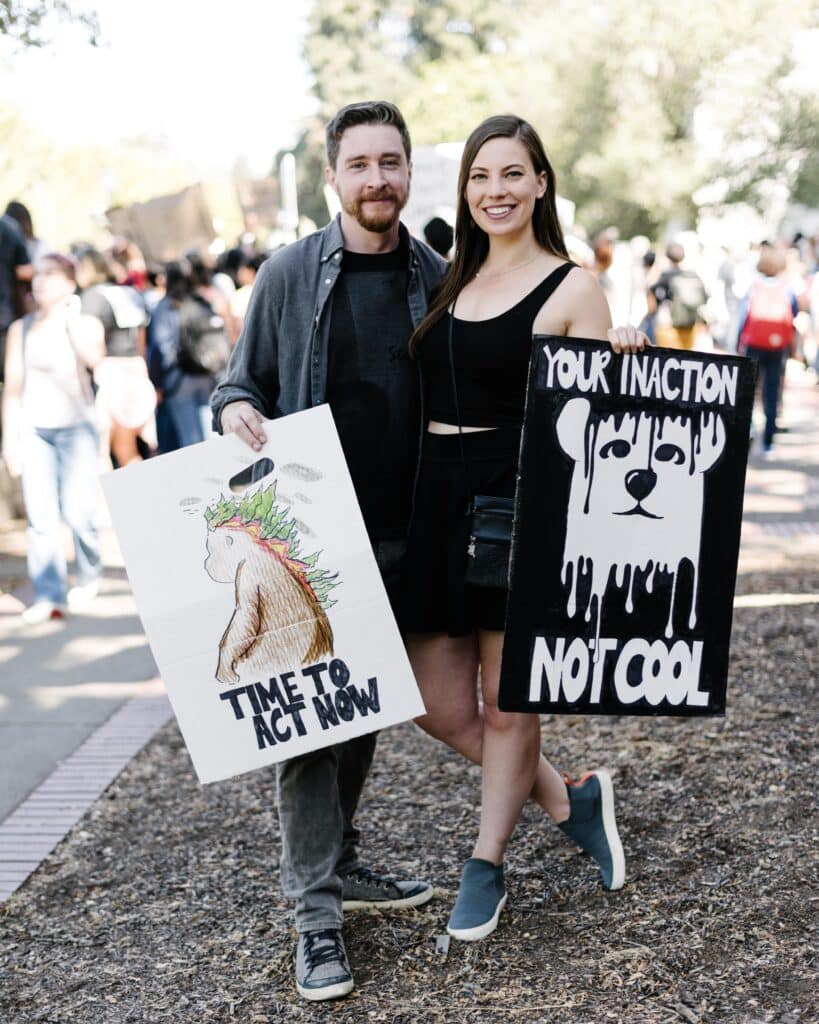
8. use your voice
Advocating for a sustainable future is one of the best ways to help your community become more eco-friendly. This in turn makes it easier and more accessible for everyone to live a sustainable lifestyle!
Want to see more EV charging stations near you? Think community composting should be mandatory? Tired of seeing trash on your daily walks? Speak up about it!
Using your voice to advocate for sustainable living can be done in many ways. Here are a few:
- Call your local representatives and ask them to support climate solutions.
- Sign petitions pertaining to the environment in your local community.
- Spread awareness online via social media.
- Call or contact a business regarding their packaging or environmental impact.
- Attend a march or environmental-themed protest.
What do you think of sustainable living? Which aspect of sustainable living is your favorite?


